Practicality and Boot Space
With the battery stashed under the floor, the i3 is inevitably quite a tall car. But the benefit is that the interior isn’t cluttered by the lumps and bumps which afflict a petrol or diesel car with its gearbox parts and exhaust. That means it’s spacious for front seat passengers, but the situation isn’t quite so rosy for those in the back.
The two rear seats (the i3 is a strict four-seater) are accessed by doors which have their hinges at the back, meaning there’s a huge gap without any pillars when all of the doors are open. This sounds great in theory and does help if you are installing child seats, but since the front doors have to be opened too, it’s actually a bit of a faff.
Once inside, the back seats aren’t that spacious, and anyone bigger than average is going to feel a bit cramped back there. The boot isn’t huge either – 260 litres is only slightly larger than a city car like the VW UP! and SEAT Mii. It’s big enough for a weekly shop or suitcase, but will struggle with a pushchair.
Technology
Although it was launched at the same time as technology like the iPhone 5 and Xbox One, BMW has made sure its wild-looking electric car has been upgraded to keep it at the cutting edge. The trouble is, almost everything is an expensive option. Even Apple CarPlay costs £235. Parking sensors and a camera add £790. Wireless charging for your phone is £395. Adding the accident-prevention tech kit which comes as standard on a Renault Zoe or Vauxhall Corsa-e is another £790. BMW will also make you pay for the charging cables you’ll need to plug in and top up the batteries.
There are some ‘freebies’ though. A DAB radio, LED headlamps and navigation system are standard. A BMW Connected App connects to your calendar and Amazon Echo, allowing you to bark orders to your car and sat nav while making breakfast.
Safety
The independent testing organisation EuroNCAP hasn’t put an i3 through its regime since the car was launched in 2013, when it scored four stars. That wasn’t that impressive even back then, when most cars in this price range would have got the full five-star rating.
That doesn’t mean it’s fundamentally unsafe though, and the full carbon-fibre bodyshell is certainly known to be stronger than the steel used in conventional car bodyshells. Only the big gap in that shell where the central pillar would be in a normal car seems to create a slight issue, with NCAP’s dummy getting some virtual injuries in the side impact tests.
The main issue for the i3 today is that most of the accident-prevention technology fitted as standard to rival cars is a costly option on the BMW. For example, the Driving Assistant Plus pack which gives automatic radar braking to prevent collisions is a £790 extra.






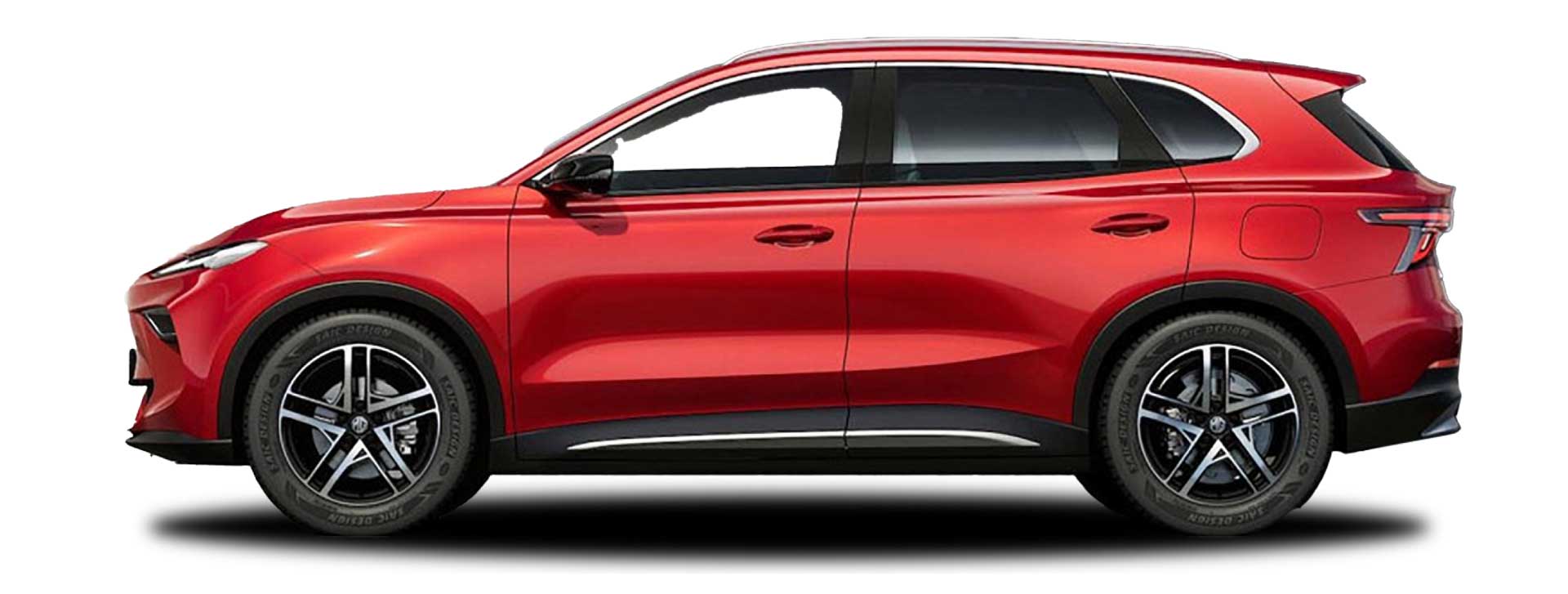






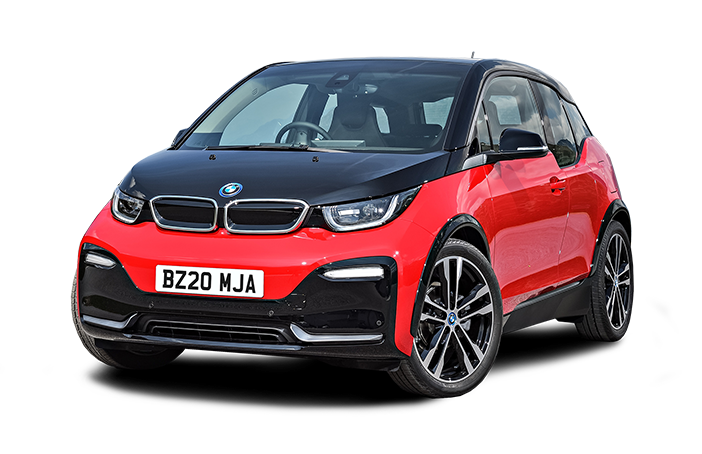
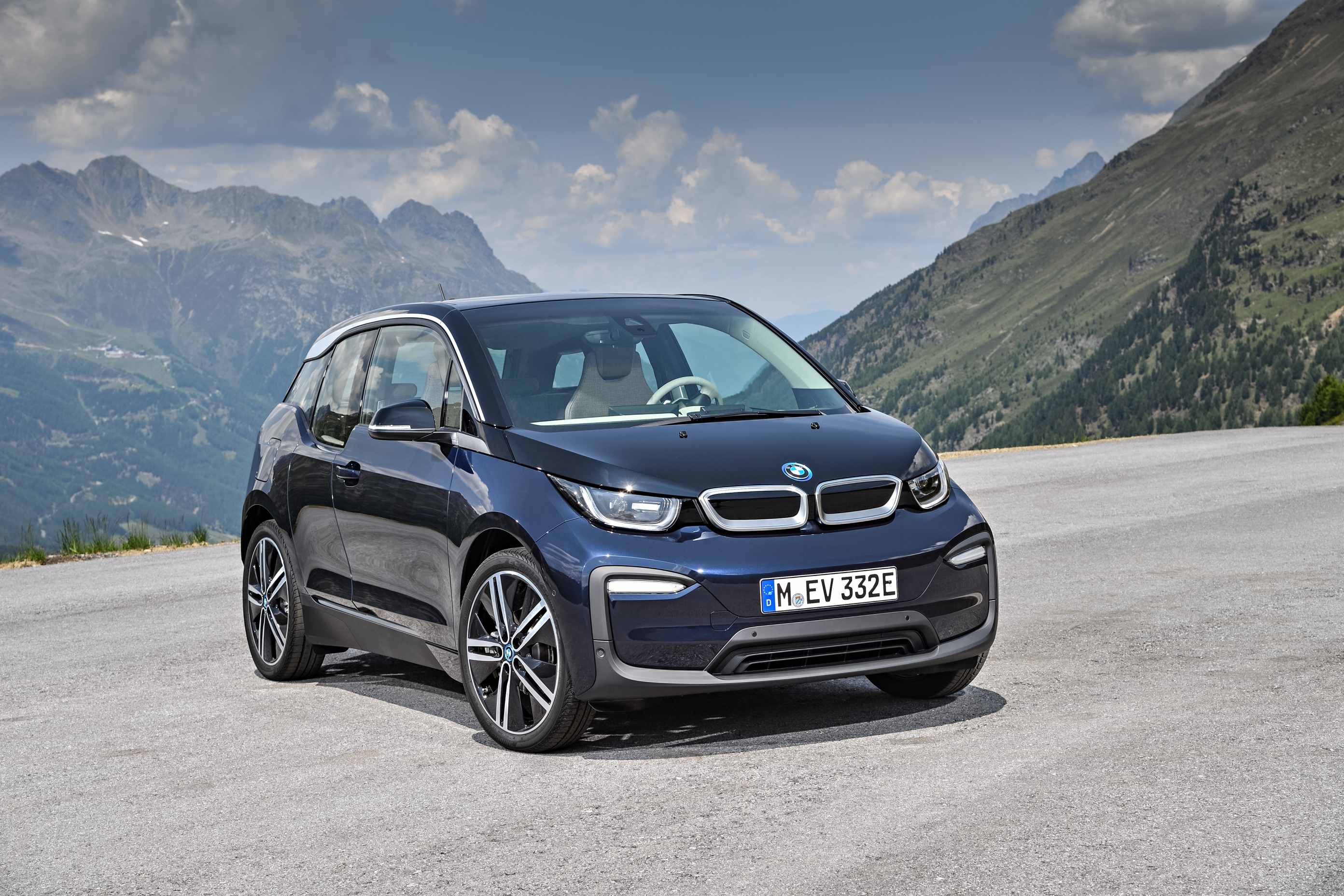

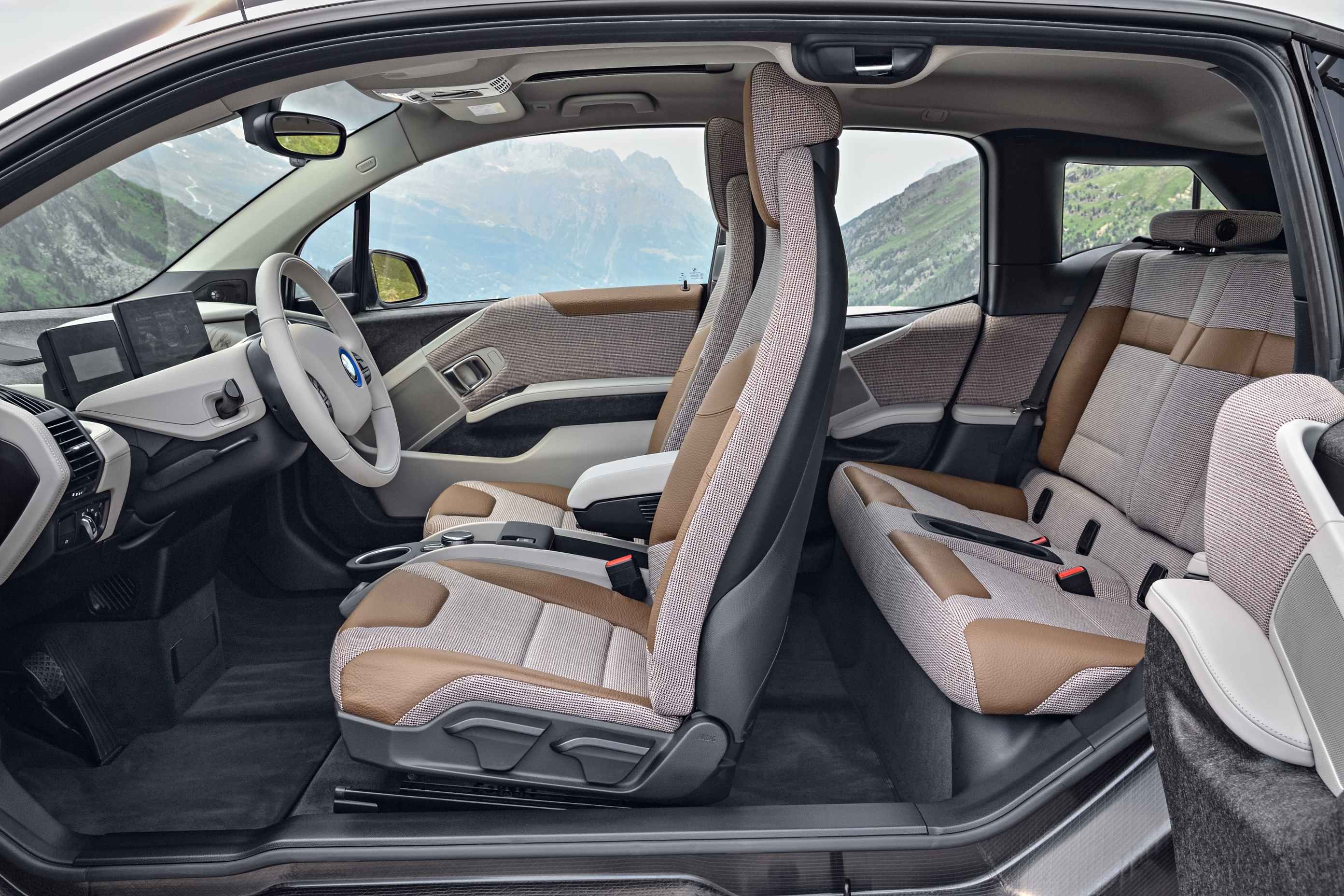


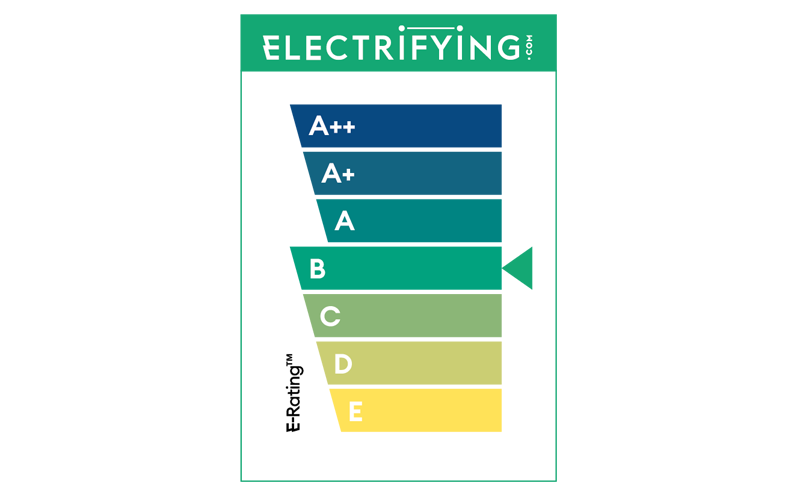



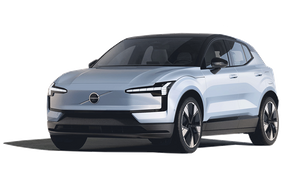


.jpg?width=300&height=185)
